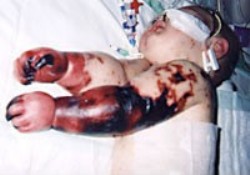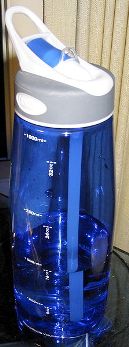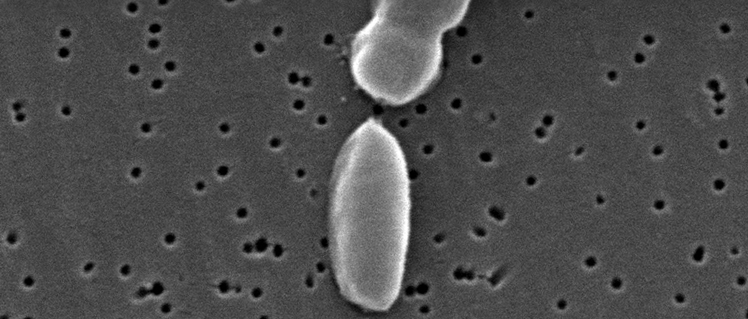Symptoms & Treatments
 Vibrio parahaemolyticus can infect the human body two
different ways.
Vibrio parahaemolyticus can infect the human body two
different ways.
The most common manner is by consuming raw or undercooked shellfish. The specific shellfish that you dine on is usually oysters. These oysters share a marine environment with the Vibrio parahaemolyticus. The bacterium naturally occurs in areas of oyster cultivation.
Another means of getting V. parahaemolyticus is by having an open cut or wound in warm seawater. When humans get infected by an open cut, we can conclude that you do not have to ingest the bacterium in order to get the illness. Streptococcus mutans is another bacteria that also inhabits the human body.
Symptoms of this bacterium are primarily associated with gastrointestinal illnesses. The symptoms typically occur 4-96 hours after consuming the bacterium. The following symptoms generally last 3 days: watery diarrhea, nausea, vomiting, abdomen pains, fever and chills. Vibrio parahaemolyticus cause infection to open wounds, too. Septicemia is blood poisoning caused by the toxin in this bacterium.
 To learn more about septicemia check out
MedLine Plus for information.
To learn more about septicemia check out
MedLine Plus for information.
Treatments for this acute illness are basic. There is no formal medication to take to be treated. It is recommended to drink large amounts of water to replace those liquids lost in the diarrhea. In severe cases you may want to contact your physician and possibly be prescribed an antibiotic.
Hospitalization rates for V. parahaemolyticus are low at just 22.9% and fatality rates are even lower at only 0.9% of those diagnosed.
For more information on the symptoms, diagnosis, and treatments for V. parahaemolyticus check out the Center for Disease Control website about this species.
Go to the References page to see where I got my information, or drop by the Contact Me page to learn more about the author.
